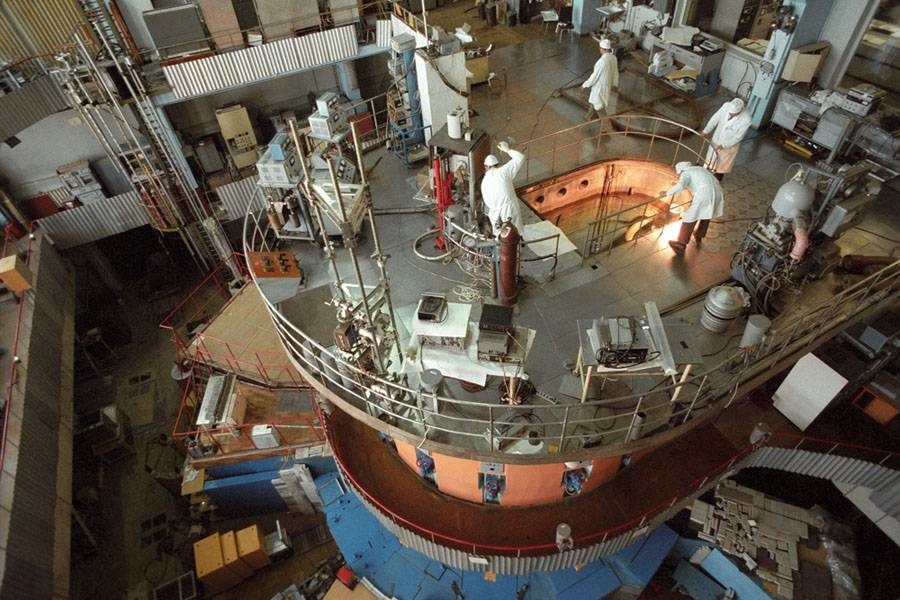MEPhI is working on the creation of a digital twin of the IRT MEPhI research reactor. A full-fledged launch of the virtual reactor should take place before the end of 2022. The project is being implemented with the support of the Priority 2030 program.

IRT MEPhI research reactor
To fully educate nuclear students, workshops and real acquaintance with the equipment with which they will work are necessary. Internships at nuclear industry enterprises cannot fully cover the needs of the educational process in the formation of professional competencies.
The research reactor MEPhI (IRT MEPhI), created in 1967, once played an important role in education. However, at present, the old-timer reactor, which turned 55 in 2022, is operated in a long-term shutdown mode: it is possible to conduct excursions on it, but it is impossible to really get acquainted with its work.
In 2021, the creation of a digital twin of IRT MEPhI began at MEPhI. It would allow students, firstly, to carefully examine all its technical elements and premises, both from the outside and from the inside (including using virtual reality helmets), and secondly, to control the operation of the reactor using virtual workplaces - moreover, the “reactions” of the digital twin to the actions of the operators must correspond to the properties of real technical systems to the utmost.
Employees of several departments of MEPhI are involved in the creation of a digital twin. Specialists from the Laboratory of Virtual and Augmented Reality at the Institute for Nuclear Physics and Engineering (INPhE) and the Department of Theoretical and Experimental Physics of Nuclear Reactors develop digital models of the physical processes occurring inside the reactors and various scenarios for its operation. They are assisted in this by the operating personnel of IRT MEPhI, together with the chief engineer of the reactor, Sergei Ozherelyev.
The employees of the Higher Engineering School undertook the creation of geometric models of all material elements of the reactor, including equipment and premises. The specialists from the laboratory of simulator test benches, who have extensive experience in the development of mathematical models of simulators for modern reactors, are also involved in the process.
In total, about 20 people are working on the digital twin, and students and graduate students of the university are involved in the work on creating digital models. The scientific supervisor of the project is the Deputy Director of the INPhE, Professor Georgy Tikhomirov. According to him, all research reactors that exist today are arranged approximately the same, but a significant advantage of a digital reactor is that, unlike a real installation, a twin can be easily and quickly upgraded.
The project is gradually approaching a decisive stage. By the end of 2022, a real launch of a virtual nuclear reactor should take place, and it will be carried out with strict observance of all the scheduled launch procedures that are provided for a real nuclear installation.
In 2023, a cycle of laboratory work and educational materials will be developed for the digital reactor, which can be used by students not only at MEPhI, but also at other universities.





